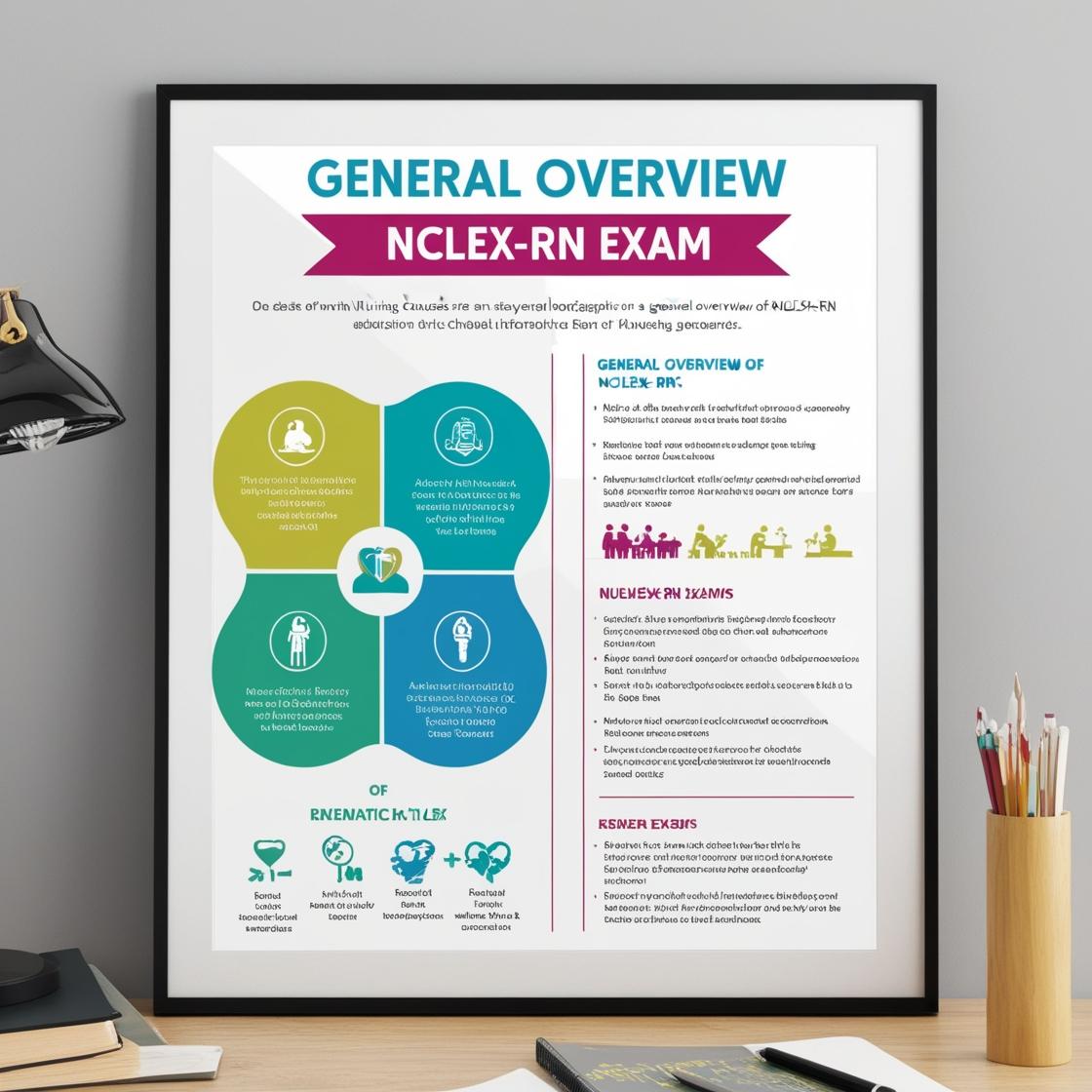NCLEX NCLEX-RN
Health Promotion and Maintenance NCLEX RN Questions
1. A client has started sweating profusely due to intense heat. His overall luid volume is low and he has developed electrolyte imbalance. This client is most likely suffering from:
- A. Malignant hyperthermia
- B. Heat exhaustion
- C. Heat stroke
- D. Heat cramps
Correct answer: B
Rationale: Heat exhaustion occurs when a person has enough diaphoresis that he becomes dehydrated. Intense sweating can cause both luid and electrolyte imbalances. Untreated heat exhaustion can lead to heat stroke, which results in organ damage, loss of consciousness, or death.
2. Which of the following conditions may cause an increased respiratory rate?
- A. Stooped posture
- B. Narcotic analgesics
- C. Injury to the brain stem
- D. Anemia
Correct answer: D
Rationale: Anemia can lead to an increased respiratory rate. In anemia, there are decreased levels of hemoglobin in red blood cells, which are responsible for carrying oxygen to the body's tissues. To compensate for the reduced oxygen-carrying capacity, the body increases the respiratory rate to bring in more oxygen. Stooped posture (Choice A) is not directly related to an increased respiratory rate. Narcotic analgesics (Choice B) are more likely to cause a decreased respiratory rate due to their central nervous system depressant effects. Injury to the brain stem (Choice C) can affect respiratory function but may not necessarily lead to an increased respiratory rate.
3. Mr. N is a client who entered the hospital with a diagnosis of diabetic ketoacidosis. The nurse enters his room to check his vital signs and finds him breathing at a rate of 32 times per minute; his respirations are deep and regular. Which type of respiratory pattern is Mr. N most likely exhibiting?
- A. Kussmaul respirations
- B. Cheyne-Stokes respirations
- C. Biot's respirations
- D. Cluster breathing
Correct answer: A
Rationale: Mr. N is exhibiting Kussmaul respirations, characterized by rapid, deep, and regular breathing. This type of respiratory pattern is commonly seen in metabolic acidosis, such as in diabetic ketoacidosis. Kussmaul respirations are a form of hyperventilation, leading to the elimination of carbon dioxide from the body. Choice B, Cheyne-Stokes respirations, is characterized by alternating periods of deep, rapid breathing followed by periods of apnea and is not typically associated with diabetic ketoacidosis. Choice C, Biot's respirations, involve irregular breathing patterns with periods of apnea and are not reflective of the described breathing pattern. Cluster breathing, as mentioned in Choice D, is not a recognized term in respiratory patterns and does not describe the breathing pattern observed in Mr. N.
4. When a blood pressure cuff is too wide for a client's arm, what type of reading might this blood pressure cuff produce?
- A. A normal reading
- B. An abnormally low reading
- C. An abnormally high reading
- D. A fluctuating reading
Correct answer: B
Rationale: When a blood pressure cuff is too wide for a client's arm, it may produce an abnormally low blood pressure reading. This occurs because the oversized cuff can lead to an underestimation of blood pressure. It is essential to ensure that the cuff fits appropriately to obtain an accurate reading. An abnormally high reading (Choice C) is less likely with an oversized cuff, as it generally leads to lower readings. A normal reading (Choice A) is unlikely due to the inaccuracies caused by the oversized cuff. A fluctuating reading (Choice D) is not a typical result of using a cuff that is too wide; instead, it usually leads to consistently low readings.
5. Which of the following is a true statement about assessing blood pressure by palpation?
- A. Only the diastolic blood pressure can be assessed through palpation.
- B. The palpation technique is most useful for infants and small children.
- C. Hypertension is a common condition that might need to be assessed through blood pressure palpation.
- D. Only the systolic blood pressure can be assessed through palpation.
Correct answer: D
Rationale: When assessing blood pressure by palpation, it is important to note that only the systolic blood pressure can be determined accurately using this method. Diastolic blood pressure cannot be reliably assessed through palpation. The palpation technique is particularly useful in situations where traditional blood pressure measurement methods are challenging, such as in infants, small children, or individuals with low blood pressure that is difficult to hear. Hypertension, a common condition characterized by elevated blood pressure, is typically assessed using auscultation rather than palpation. Therefore, the correct statement is that only the systolic blood pressure can be assessed through palpation.

Access More Features
NCLEX RN Basic
$1/ 30 days
- 5,000 Questions with answers
- Comprehensive NCLEX coverage
- 30 days access
NCLEX RN Premium
$149.99/ 90 days
- 5,000 Questions with answers
- Comprehensive NCLEX coverage
- 90 days access
